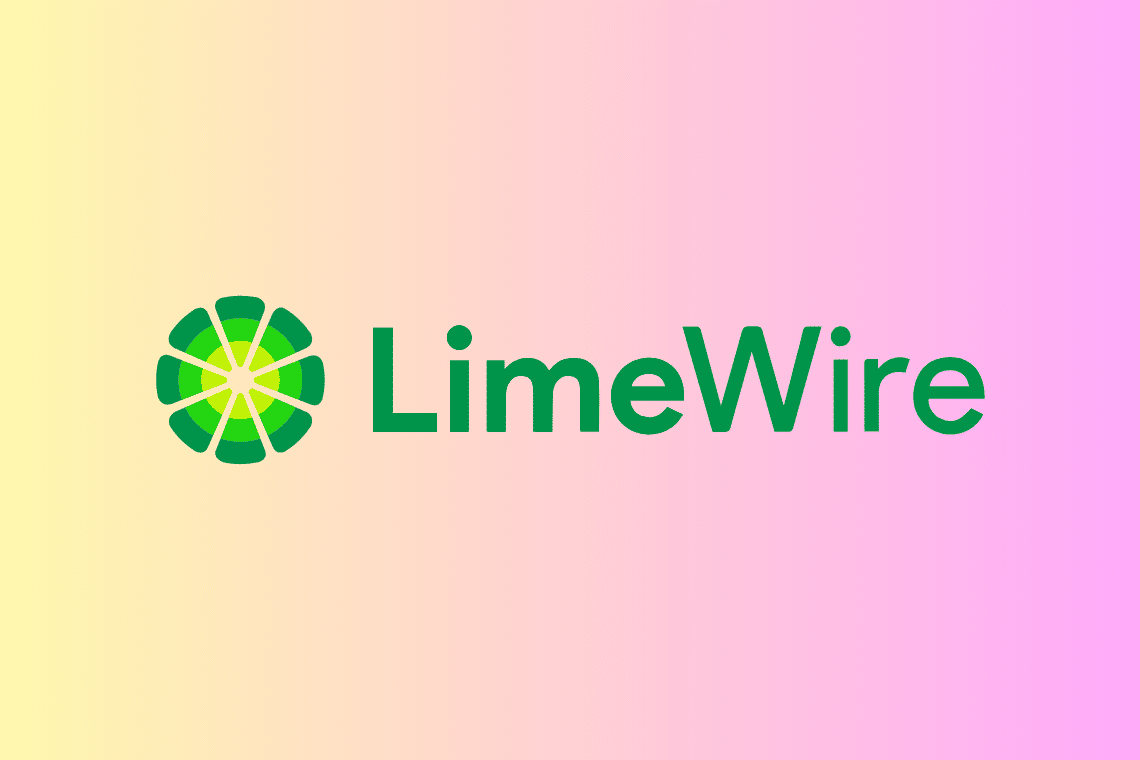How will the Ethereum merger affect the NFT market?

Ethereum is the second most popular Blockchain in the world and many would argue that it has more uses than Bitcoins. Ethereum is responsible for creating smart contracts, an innovation that powers most of today’s important crypto initiatives, including non-fungible tokens (NFTs).
So when Ethereum announced the merger with the promise of renewing the consensus, it was obvious that it would lead to significant changes in the Ethereum network. But how significant are these mergers, and will they affect the overall NFT market? Let’s find out in this article.
Why is the Ethereum Merger Important?
The blockchain technology that Ethereum uses is decentralized, meaning that there is no intermediary body that monitors every transaction. However, to ensure that no one takes advantage of the system and makes the same transaction multiple times, Ethereum uses proof-of-work (PoW) consensus, where miners are required to compete against each other to solve complex cryptographic problems to validate the transaction. The first miner to validate a block is rewarded in ETH and the block is added to the Ethereum network.
However, this process of mining Ethereum requires enormous computational power and because of this, in 2021 Ethereum was responsible for using more than 112 TWh of electricity which is 1/5 of Germany’s total electricity consumption. In a world where energy is scarce, using such enormous power has raised serious questions about the sustainability and overall future of Blockchain technology.
The researchers recognized this problem and worked hard to create a new consensus that would be much faster and require significantly less energy. A new protocol was therefore introduced called proof-of-stake (PoS), which would use validators instead of a miner to authenticate transactions.
Proof-of-stake (PoS) will in theory use 99.95% less energy and still provide the same security features we know and love with the previous PoW protocol. But incorporating this new protocol will require the Ethereum merger, which is why it is so important.
The Impact of Ethereum Merger on the NFT Market
Most analysts speculate that the Ethereum merger will significantly impact the NFT space. First, developers and miners must adapt to the new consensus and make necessary changes to their existing system.
The Ethereum merger will also significantly reduce the maintenance costs of NFT projects, so we expect to see a much wider adoption of NFTs and lower gas fees. Analysts also predict a rapid rise for Ethereum as minting and maintaining NFTs becomes much easier.
However, not all the effects of the Ethereum merger are limited to benefits as there may be some negative effects as well. In accordance Adam McBridea leading NFT analyst, mentioned in his podcast that there may be some security threats right after the merger.
Ethereum may still retain at least one Proof of Work fork of Ethereum, which can be used to create two versions of users’ NFTs. One will be compatible with proof-of-work (PoW) consensus, and the other will be compatible with proof-of-stake (PoS) consensus.
But most of the impact of the Ethereum merger is expected to help the NFT market flourish by cutting maintenance costs, thereby making it more desirable to buy and trade NFTs.
How the Ethereum Merger Affects Supply?
The merger will affect the total supply of Ethereum, which will passively affect the NFT market. You see, unlike Bitcoin, Ethereum does not have a theoretical cap on its total supply, making it more susceptible to inflation. However, after the merger, the fundamentals of Ethereum may change and will likely reduce the total ETH supply. This in turn will make the existing Ethereum more valuable and thus the NFTs built around Ethereum will likely see a price increase as well.
Christine Kim, a lead researcher at Galaxy Digital, mentioned how a reduction in the supply of Ethereum tokens is likely to increase Ethereum’s investment as it will hold its value against the ever-increasing inflation. All these changes are likely to positively affect NFT’s price and sustainability in the long term.
How can investors prepare for the merger?
The Ethereum merger is expected to increase the diversification of Ethereum and renew the toconomics of the entire market. However, investors must understand that the transition is unlikely to happen overnight, and despite the expected positive results, there is no guarantee that the NFT market will see a price increase.
The merger will also make Ethereum a direct competitor to other layer 1 networks like Solana, so it will be interesting to see how the market behaves. Overall, the Ethereum merger is an exciting prospect for investors, but they should not jump on the bandwagon as there is still a possibility for the market to shrink and lose value.
Conclusion
The Ethereum merger is expected to take place on September 19, 2022, and will probably be the biggest change yet in the crypto space. And while there are some initial security threats, such as “replay attacks,” which could lead to duplicate transactions, it’s likely to be resolved soon.
Overall, according to most market experts, the Ethereum merger will have a positive impact on the NFT market and provide a much-needed shakeup.
























